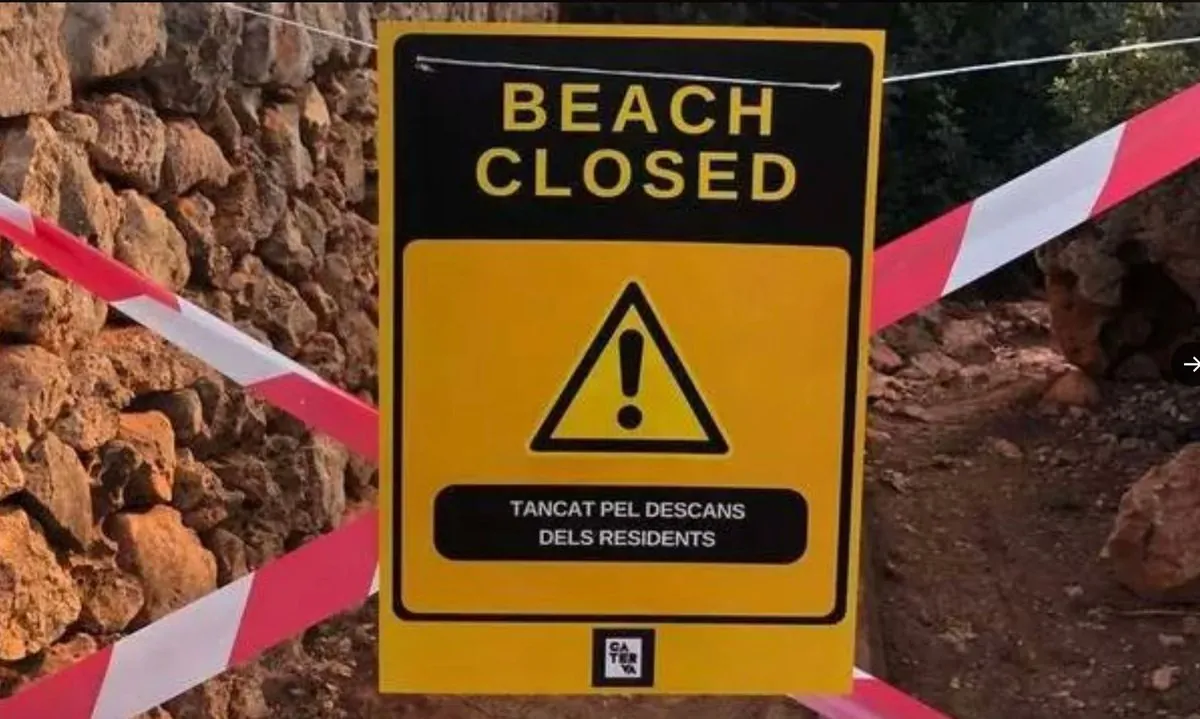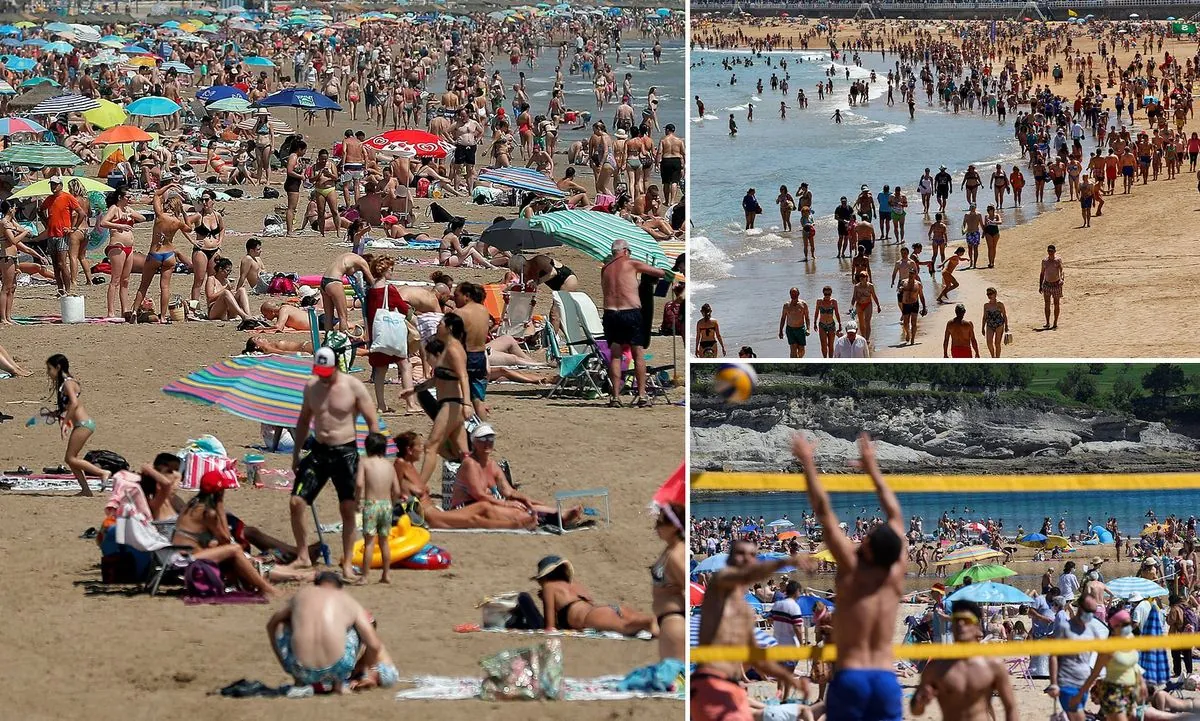Galician Villagers Block Beach Access in Stand Against Mass Tourism
Residents of Hío, Galicia, staged a protest against tourist influx by blocking zebra crossings. The action highlights growing tensions between locals and visitors in Spanish coastal regions.

In a bold move against the surge of summer tourists, residents of Hío, a village in Galicia, northwestern Spain, recently staged a unique protest. Approximately 80 locals repeatedly crossed three zebra crossings, effectively blocking access to the area's popular beaches. This action, reminiscent of The Beatles' iconic Abbey Road album cover, caused significant traffic disruptions and forced many drivers to seek alternative routes.
The protest, which occurred about a year ago, underscores the growing tension between local communities and the influx of tourists in Spanish coastal regions. Mercedes Villar, leader of the Hío residents' association, emphasized that the demonstration was not driven by tourist phobia but rather a plea for residents' right to live peacefully.
Galicia, known for its Celtic heritage and unique culture, boasts over 1,200 kilometers of coastline, making it a prime destination for beachgoers. However, this popularity comes at a cost. Villagers have expressed concerns about traffic congestion and the degradation of local beaches due to overuse. Despite repeated appeals to local authorities for action to mitigate these issues, residents claim their pleas have gone unanswered.

The frustration among Galicians has given rise to the increased use of the term "fodechinchos" to describe inconsiderate tourists. Originally referring to visitors who stole from local fishermen, the term has evolved to encompass a broader range of perceived disrespectful behaviors. Antón Losada, a Galician writer and journalist, explains that it now includes tourists who ignore safety warnings or show disrespect for the local Galician language, which is co-official in the region alongside Spanish.
This sentiment is not isolated to Hío. Across Spain, from the Canary and Balearic Islands to Barcelona, protests against mass tourism have gained momentum. Common grievances include the saturation of beaches and public services by visitors, predominantly foreign tourists.
The impact of this tension is evident in local businesses as well. In Mera, another Galician town, a popular bar-restaurant chose to close during the busiest week of August to avoid the stress associated with the tourist influx. Upon reopening, they displayed a sign declaring the establishment a "fodechincho-free zone," highlighting the complex relationship between tourism and local livelihoods.
While foreign visitors constitute about 30% of Galicia's annual tourists, many are drawn to the famous Camino de Santiago pilgrimage route rather than the beaches. The region's four UNESCO World Heritage Sites, including the Tower of Hercules in A Coruña - the oldest functioning lighthouse in the world - attract cultural tourists year-round.
Galicia's rich cultural tapestry, from its traditional gaita (Galician bagpipes) to its renowned seafood festivals, offers a unique experience for visitors. However, the recent protests serve as a reminder of the delicate balance between preserving local ways of life and accommodating tourism.
As the debate continues, it's clear that finding sustainable solutions to manage tourism while respecting local communities will be crucial for regions like Galicia. The protest in Hío may have lasted only 20 minutes, but it has ignited a conversation that extends far beyond its zebra crossings.


































